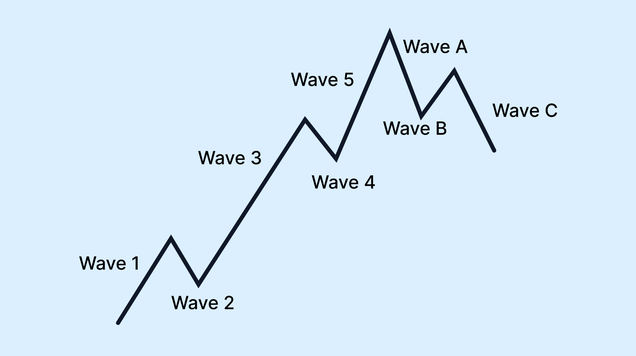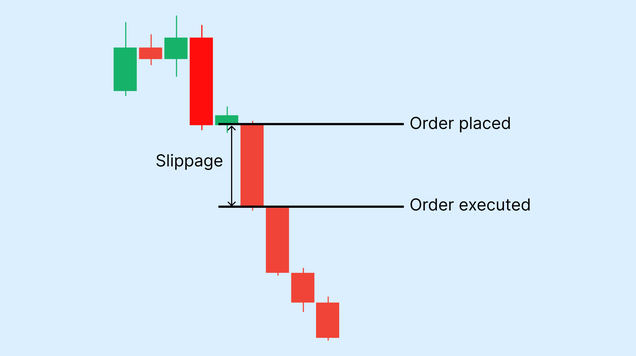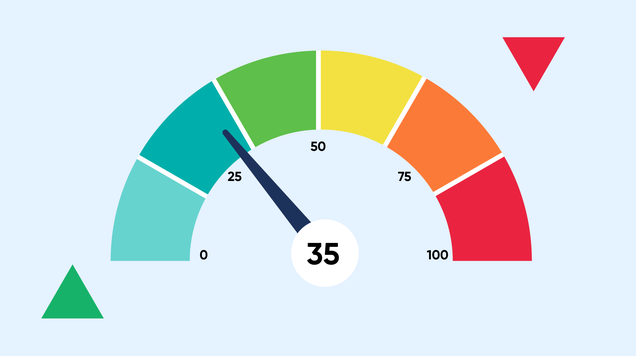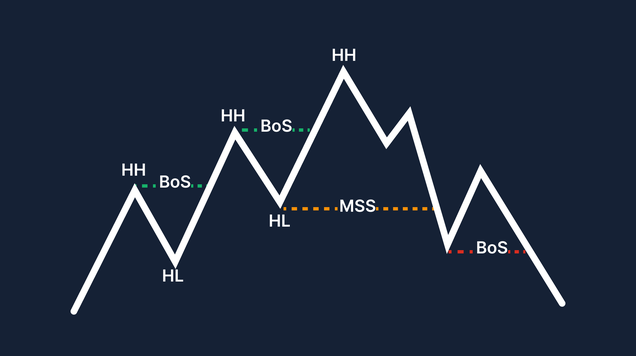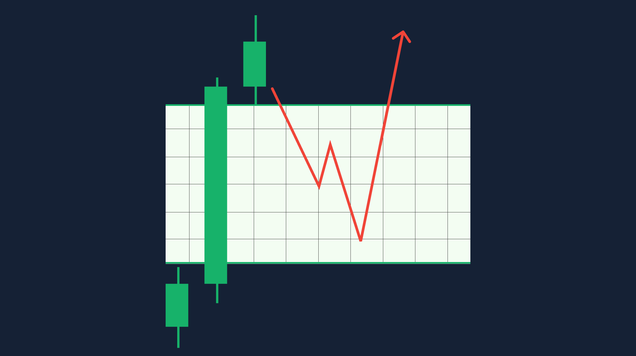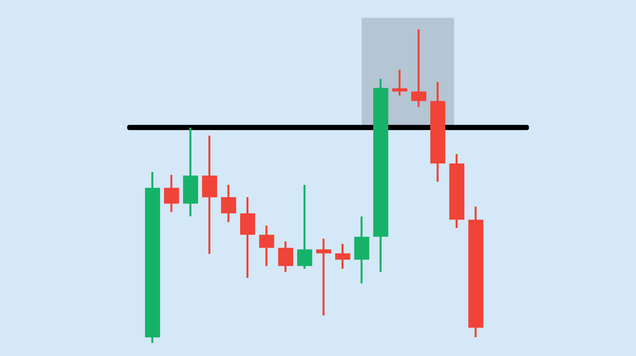What is High Frequency Trading?
High-frequency trading (HFT) deploys lightning-fast hardware and clever code to pocket tiny, fleeting price differences—transforming the way stocks, bonds, futures, and even crypto trade in the blink of an eye.
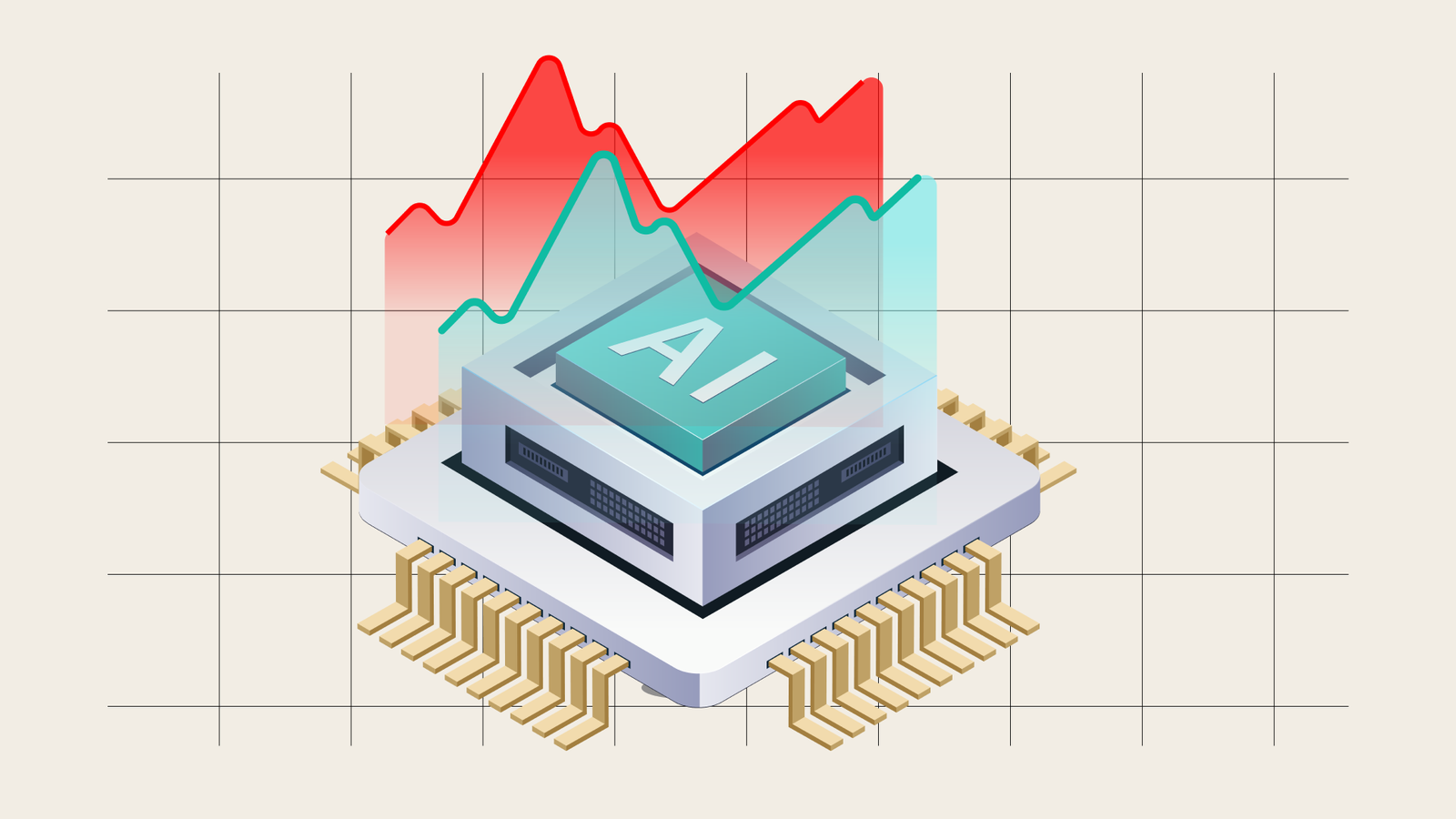
HFT combines co-located servers, microwave links, and custom chips to trade in micro-seconds.
Firms recycle positions thousands of times a second, turning razor-thin spreads into sizable profits.
Supporters credit HFT with tighter bid–ask spreads and instant price alignment across venues, while critics warn it can drain liquidity in panics and spark flash crashes.
Regulators on both sides of the Atlantic are rewriting market-structure rules—sub-penny pricing, circuit breakers, and new disclosure mandates—to keep speed from becoming systemic risk.
What exactly is high-frequency trading?
High-frequency trading is a specialized branch of algorithmic trading that submits, modifies, and cancels orders in micro-seconds—faster than a camera shutter. The edge is pure speed: proprietary algorithms comb live quote feeds, detect a mis-pricing that may last only a few hundred micro-seconds, and fire orders to multiple exchanges before competitors react. Leading HFT firms can execute tens of thousands of trades per second, a feat impossible before markets went fully electronic in the early 2000s.
The four-step HFT playbook
- Data capture – Direct exchange feeds stream raw bid/ask updates straight into ultra-fast parsers.
- Signal generation – Machine-driven models scan for cross-venue price gaps, hidden liquidity, or millisecond-scale order-book imbalances.
- Low-latency routing – Orders leave the server via optimized microwave, laser, or fiber links—often traveling exclusive paths that shave micro-seconds off public routes.
- Instant recycling – Positions are flattened seconds (or fractions) later, freeing capital for the next micro-opportunity and capping overnight risk.
Because the average profit per trade is measured in fractions of a cent, success hinges on volume, accuracy, and relentless automation.
The technology arms race
To stay ahead, HFT shops invest millions in infrastructure most investors never see:
- Co-location places a firm’s servers inside the exchange data center itself, a few meters from the matching engine.
- Field-programmable gate arrays (FPGAs) and application-specific integrated circuits (ASICs) hard-wire time-critical code directly into silicon, cutting processing time to micro-seconds.
- Microwave and laser networks bypass the longer, curving paths of fiber cables—delivering packets between hotspots such as New York and Chicago in roughly 3–5 milliseconds.
- Smart order routers split large meta-orders into tiny “child orders,” spraying them across dozens of venues in micro-second bursts to avoid signaling.
Together, those layers give elite firms a time advantage literally invisible to the human eye.
Size of the prize
Market researchers estimate HFT firms earned roughly US $10–11 billion in trading revenue during 2024 and project the figure to grow toward US $16–17 billion by the end of the decade as speed traders expand into corporate bonds, on-the-run Treasuries, and 24-hour equity sessions. North America still handles about one-third of global HFT flow thanks to the dense exchange ecosystem stretching from New Jersey to Chicago, but European, Asian, and increasingly Middle-Eastern venues now court ultra-fast traders with co-location halls of their own.
Why supporters love HFT
- Tighter spreads – By constantly quoting both sides of the market, HFT acts as an automated market-making layer, shaving pennies—or fractions—off bid–ask gaps and lowering costs for ordinary investors.
- Global price alignment – When a stock, ETF, or futures contract diverges by a tick on one venue, HFT arbitrage bots buy the cheaper price and sell the higher one, dragging quotes back into line almost instantly.
- Liquidity under normal conditions – Speed traders stand in with resting bids and offers all day, helping other participants transact at competitive prices.
Why critics sound alarms
- Liquidity cliffs – In a sudden shock, many algorithms yank or cancel bids simultaneously, leaving a vacuum that deepens sell-offs—what happened in the 2010 “Flash Crash” and sporadic mini-crashes since.
- Latency arbitrage – Ultra-fast firms can see a price change on one venue, buy ahead on a slower venue, and sell back micro-seconds later—profiting from speed rather than fundamental insight.
- Technology glitches – A faulty code release can unleash thousands of erroneous orders before humans can intervene, triggering ripples across global markets.
- Fairness debate – Retail brokers routing through slower pipes simply cannot compete on speed, prompting calls for “speed bumps” or enforced minimum resting times.
Five trends shaping the next generation of HFT
- AI-augmented models – Deep learning layers spotting order-book patterns humans never see.
- Sub-micro-second hardware – Optical interconnects, on-chip order books, and quantum-safe encryption for market data feeds.
- 24-hour liquidity – After-hours U.S. equities and round-the-clock crypto attract speed traders who never sleep.
- Environmental scrutiny – Data-center power use pushes firms toward renewables or carbon-offset strategies as ESG rules tighten.
- Real-time reg-tech – Dashboards mirror exchange surveillance in milliseconds, flagging anomalous activity before regulators knock.
